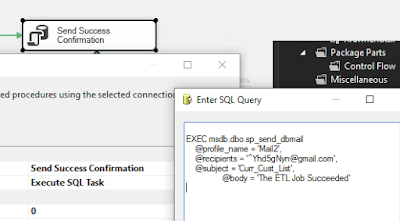All of these financial instruments are essentially different templates for an agreement on the terms of financing deals.
A bond purchase/sale is an agreement between the bondholder (creditor) and the bond issuer (debtor) for the distribution of capital to the debtor which will then be repaid (with interest normally) to the creditor in a certain increment of time (2-yr, 10yr, 30-yr, etc.).
A Treasury bond is issued by the U.S. Treasury and backed by the "U.S. Government's full faith and credit". The same holds for foreign state bonds. Municipal bonds are for state, city and other localities. Government agencies issue bonds as well and these are generally regarded as very safe investments because of the high degree of regulation of the creation and sale of these bonds.
A stock purchase/sale is an agreement to own a portion of a company. So companies with outstanding stock or who decide to offer stock for the first time (IPO or "Initial Public Offering") are turning to John Q. Public for needed financing.
In return for the financing, the stockholder receives dividend payments and the ability to earn a profit by selling the stock if its price rises above the original purchase price. Stocks split the company up into “shares”. As a corporation has no individual owner (by design), corporations make natural stock issuers.
Corporate or Private Common Stock is riskier than government-backed bonds due to higher corporate default rates and being less liquid (less quickly convertible to cash). Unlike bonds which expire, stockholders may choose to hold onto stock indefinitely.
Key distinction: Stocks offer an ownership stake in a company, while bonds are akin to loans made to a company.
As seen here patience and a successful company can lead to total returns of over 1500%: https://www.cnbc.com/2017/11/28/if-you-put-1000-in-amazon-10-years-ago-heres-what-youd-have-now.html
And imagine if you would have just invested that nest egg money in Netflix back in 2008? 😉
*Corporate notes are simply corporate bonds; some financial sources assert an ambiguous and inconsistent distinction (that corp bonds have a shorter maturity, that they are issued differently) but essentially, they are the same thing.
There is a tendency for bonds and stocks to have an inverse yield (earned interest) relationship
A bond purchase/sale is an agreement between the bondholder (creditor) and the bond issuer (debtor) for the distribution of capital to the debtor which will then be repaid (with interest normally) to the creditor in a certain increment of time (2-yr, 10yr, 30-yr, etc.).
A Treasury bond is issued by the U.S. Treasury and backed by the "U.S. Government's full faith and credit". The same holds for foreign state bonds. Municipal bonds are for state, city and other localities. Government agencies issue bonds as well and these are generally regarded as very safe investments because of the high degree of regulation of the creation and sale of these bonds.
There is more to bond markets than just T-bills
A stock purchase/sale is an agreement to own a portion of a company. So companies with outstanding stock or who decide to offer stock for the first time (IPO or "Initial Public Offering") are turning to John Q. Public for needed financing.
Keep in mind corporate stock is not the same as corporate bonds/notes*
In return for the financing, the stockholder receives dividend payments and the ability to earn a profit by selling the stock if its price rises above the original purchase price. Stocks split the company up into “shares”. As a corporation has no individual owner (by design), corporations make natural stock issuers.
Corporate or Private Common Stock is riskier than government-backed bonds due to higher corporate default rates and being less liquid (less quickly convertible to cash). Unlike bonds which expire, stockholders may choose to hold onto stock indefinitely.
Treasury bonds are safer and tend to offer less return; but over time in the U.S., they have been reliable (no defaults)
Key distinction: Stocks offer an ownership stake in a company, while bonds are akin to loans made to a company.
As seen here patience and a successful company can lead to total returns of over 1500%: https://www.cnbc.com/2017/11/28/if-you-put-1000-in-amazon-10-years-ago-heres-what-youd-have-now.html
And imagine if you would have just invested that nest egg money in Netflix back in 2008? 😉
Corporate Note ($5) for The Johnson Company































